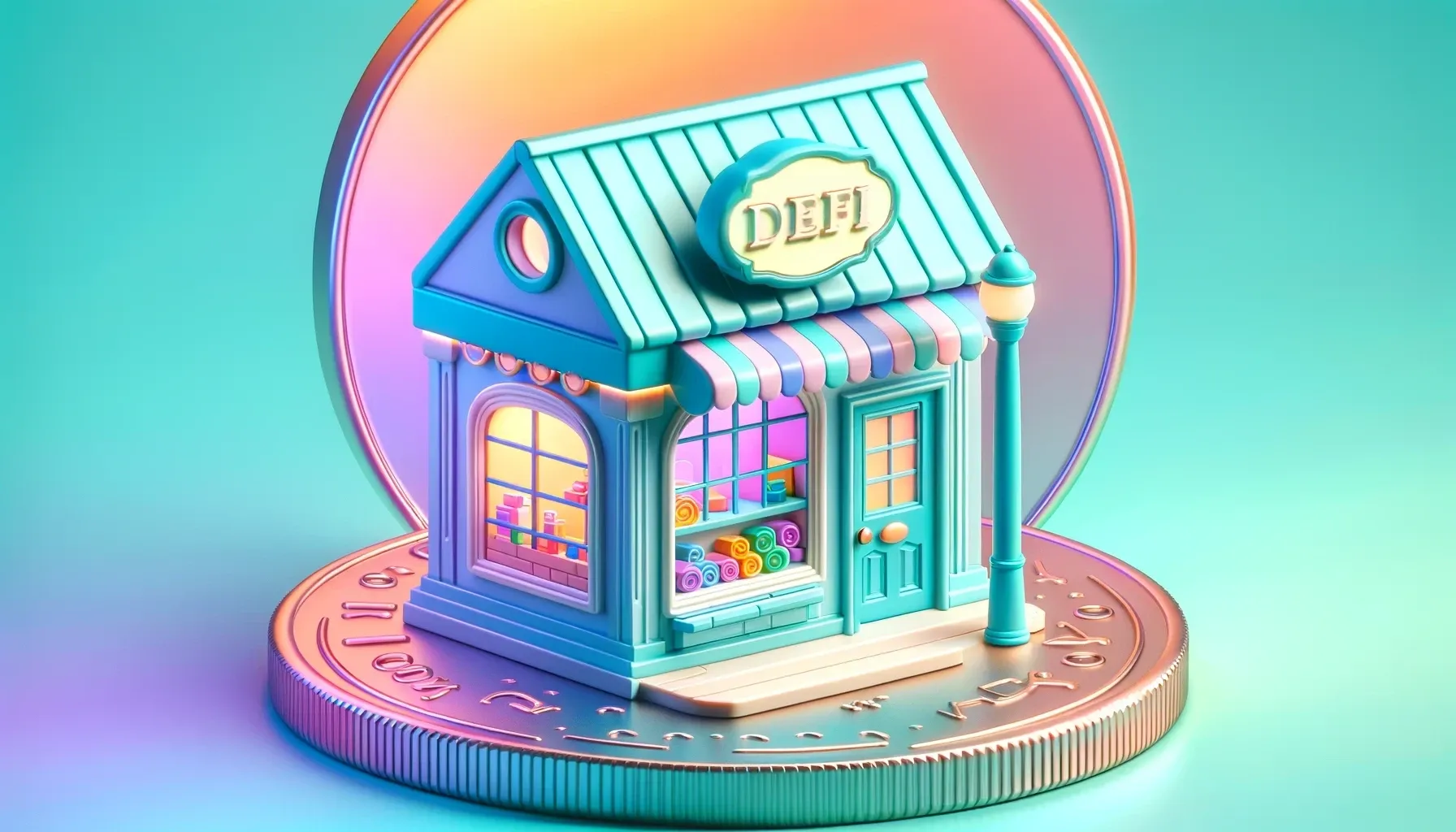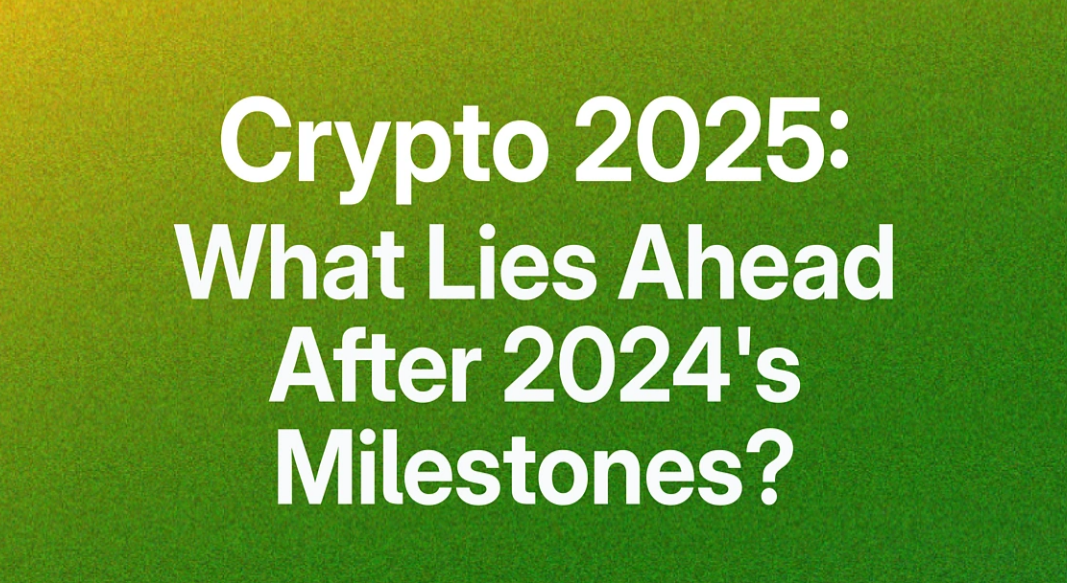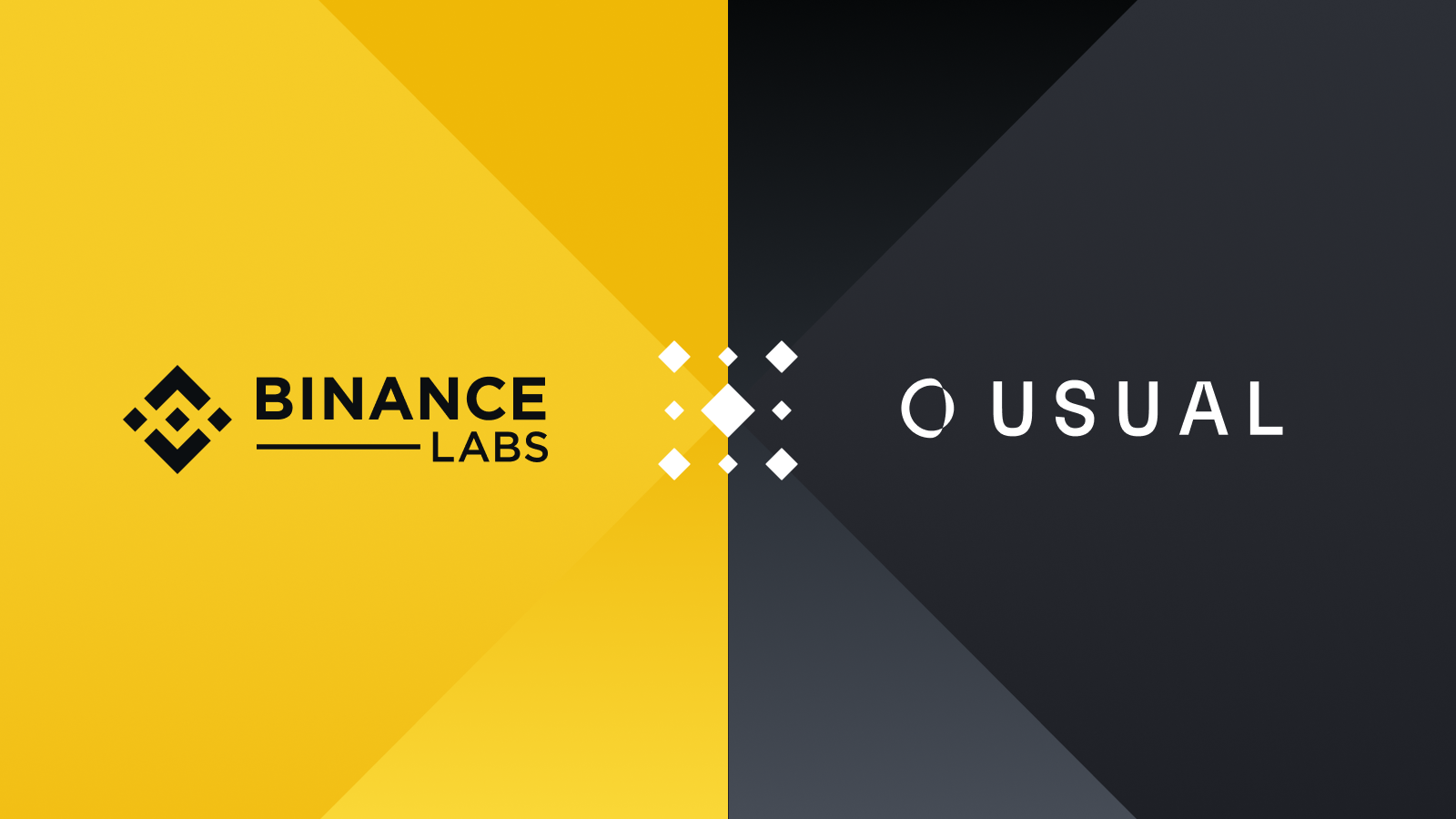Solana solidified its status as a top-tier blockchain after emerging like a phoenix from the ashes of the FTX/Alameda collapse.
In the community-led renaissance that followed, it was the sweat of Solana-native teams that greased the wheels of progress, but following a steady build of SOL prices and DeFi metrics, non-native protocols are ready to pounce on the opportunity 👀
🛣️ Solana Natives Pave the Way
SOL's epic run off of its December 2022 $8 lows to hitting $210 just two months ago has been one of crypto's most notable comebacks this cycle but the ecosystem's wealth creation hasn't been confined to its native token holders.
Developers have been delivering on the hype, starting with the PYTH airdrop in November, which allocated tokens on Solana to addresses that had interacted with Pyth oracles across 27 networks (including Ethereum and its L2s) and marked a turning point that gave users from other ecosystems a direct financial incentive to test out Solana.
Shortly afterward, Solana-native liquid staking protocol Jito Labs conducted its own airdrop, rewarding qualifying wallets that had earned over 100 points with a bare minimum five-figure token allocation for the simple action of holding jitoSOL deposit receipts.
The eye-watering distributions received by Jito users transformed Solana into the premier destination for airdrop hunting, catalyzing mass adoption of points-based incentive systems by the chain’s fledgling protocols that have proven highly successful in attracting both users and their capital.
🧨 Changing Dynamics
While it was native protocols that laid the foundation for Solana mainstream crypto acceptance, the ecosystem has increasingly found itself playing host to Ethereum developers.
The migration may be taking place at a snail’s pace, but is no doubt occurring as more projects come to realize the massive amounts of onchain activity within Solana and eagerly seek to create a deployment to capitalize on the opportunity.
Decentralized compute sharing network Render went all-in on the Solana vision early on, choosing to migrate its token to the SPL standard back in November.
Although MetaMask is often considered a laggard when it comes to improving user experience, the Project was among the first Ethereum-native applications to introduce Solana compatibility with the launch of “Snaps” last September, which enabled users to opt into external applications directly from their wallets. To date, the Snaps integration for Solana-native wallet Solflare has onboarded over 500k users!
Numerous money markets exist on Solana, but none come with the same level of time-tested security as Ethereum’s premier blue chip lending destination: Aave.
In hopes of leveraging its brand as a competitive advantage on Solana, the Aave DAO approved a January temperature check with 83% consensus to deploy a minimally viable version of its V3 isolated money market through the Neon EVM, a fully compatible Ethereum development environment built on the Solana blockchain.
Last Wednesday, a community-generated proposal hit the governance forum of the popular EVM-based perpetuals trading platform GMX, seeking to establish an independent deployment of the exchange to Solana called GMSOL.
The GMSOL implementation would exclusively utilize the GMX token for all value measurements and storage while implementing a GMX buyback mechanism and distributing a significant percentage of fees back to the GMX treasury to establish a GMSOL treasury.
In exchange for the gift of this new Solana-native deployment, the GMX DAO is expected to cover all costs associated with the Protocol’s audit and grant a license for the replication and usage of its frontend code.
Further, there has been widespread speculation that both Ethena and Pendle, two leading Ethereum projects that have thrived in recent months thanks to an elevated crypto interest rate environment, will be deploying to Solana in the near future.
🚀 Long-Term Trajectory
Applications serve users, not blockchains, and although there should be a high bar for many bluechip protocols when considering a new deployment, they would be foolish not to flock to environments where users and activity exist.
On networks where a protocol is absent, users will inevitably seek out replacements, putting the market share dominance of existing applications at risk – especially when their chain begins bleeding its market share to competitors.
Ethereum and Solana have taken drastically different approaches to scaling, with the former opting for network fragmentation to make operating a validator accessible to all and the latter favoring a unified state that concentrates usage to a single layer. While greater decentralization at the validator level helps in maintaining the Ethereum network’s integrity, it certainly comes with drawbacks that make Solana’s alternative vision of the blockchain highly attractive in certain aspects.
At this moment in time, crypto remains very much in the experimentation phase, meaning we truly have no idea what our nascent industry will look like in 10 years, but just as investors can undertake prudent portfolio diversification to mitigate risks, applications can diversify the chains on which they are deployed to safeguard their market share.
Developers aiming for maximal success must accept that there is no inevitable hub for the future of finance, and they should deploy their applications accordingly, whether that is Ethereum, Solana, or even the EVM frankenchain Monad or the banker-operated Regulated Settlement Network!
The crypto industry must hurdle a massive chasm of uncertainty to progress from infancy into an end-state where true adoption is achieved and trillions upon trillions of dollars in traditional assets make their way onchain.
Until then, application developers succumbing to blind chain loyalty are leaving money and market share on the table.

















